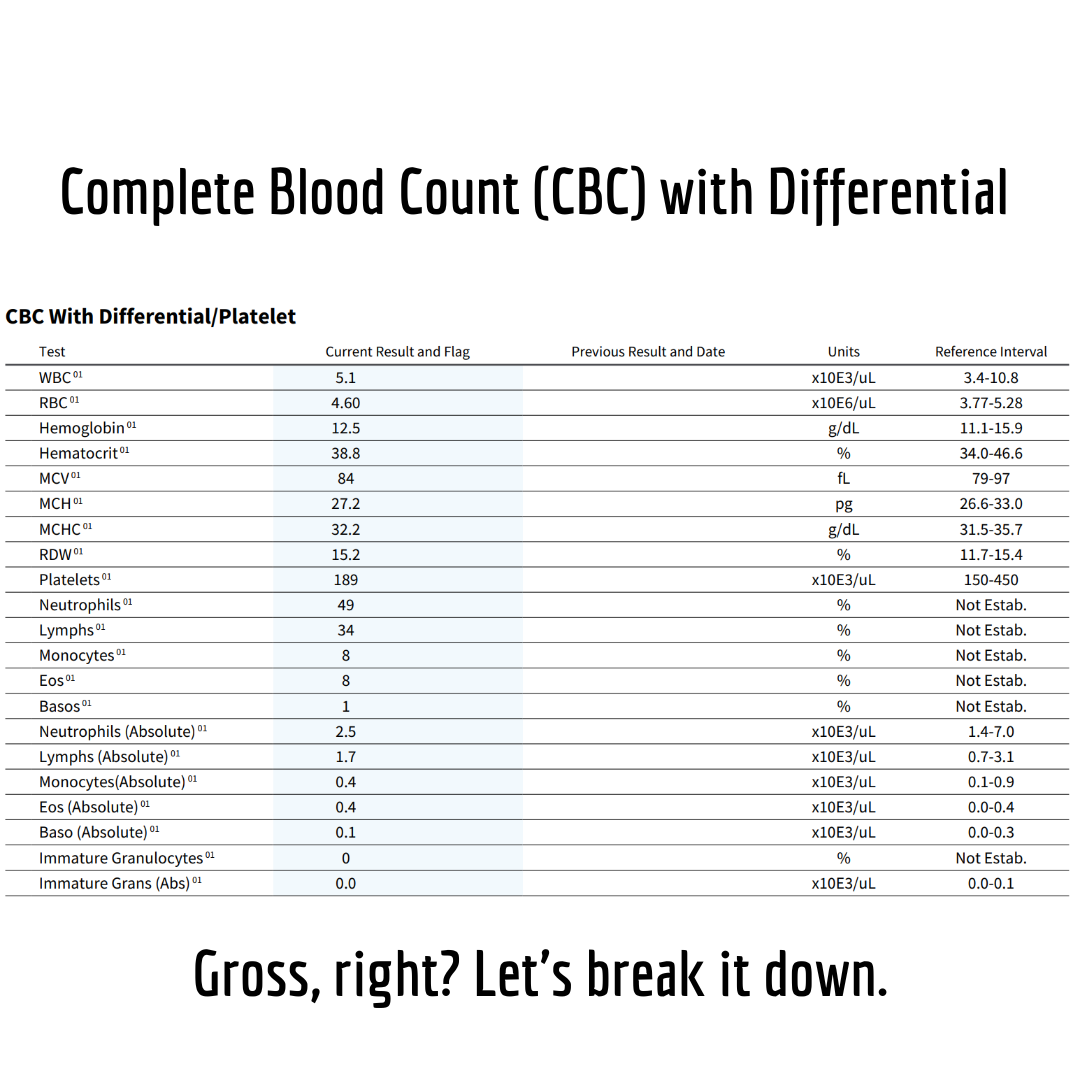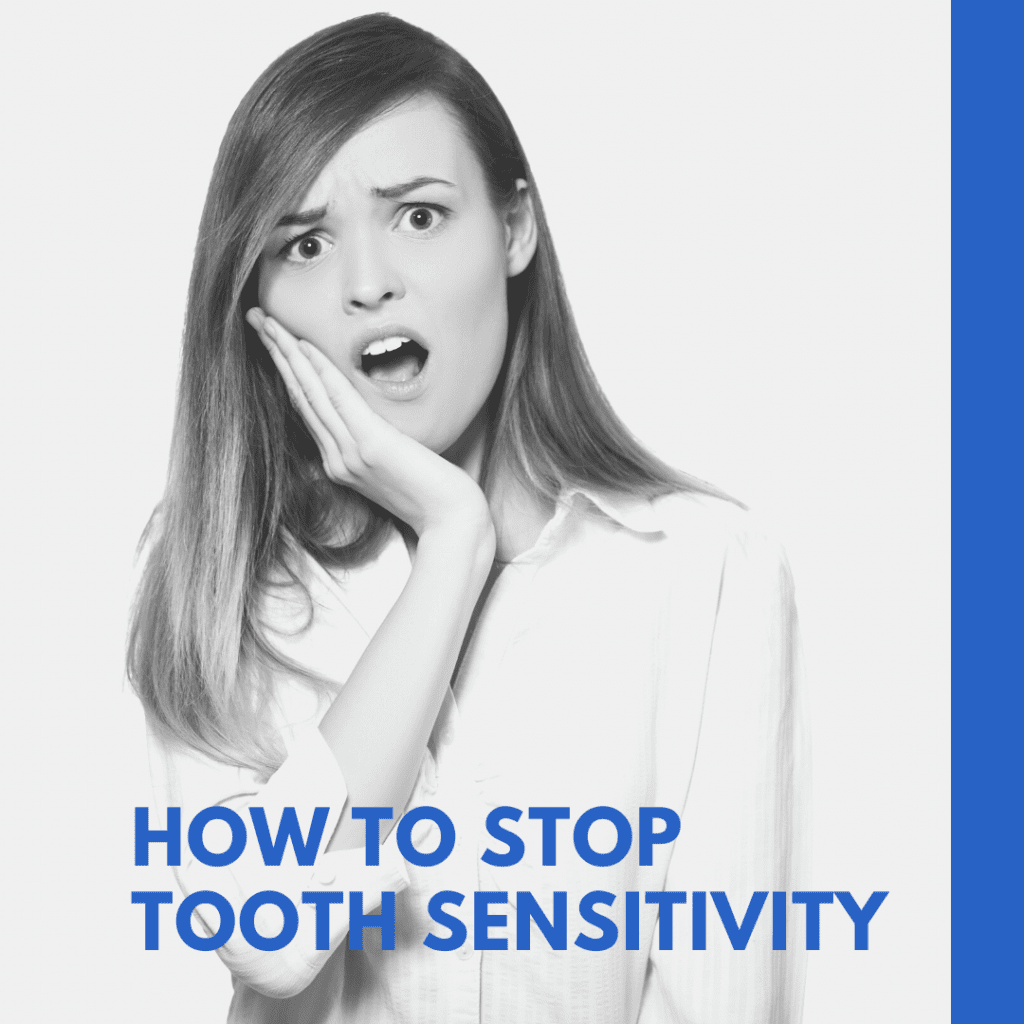12+ Veneers Risks To Avoid Long Term Damage

The pursuit of a perfect smile has led many to consider veneers, a cosmetic dental solution that can dramatically enhance the appearance of teeth. While veneers can offer a stunning transformation, it’s crucial to be aware of the potential risks associated with this procedure to avoid long-term damage. Understanding these risks is key to making an informed decision about whether veneers are right for you.
1. Tooth Sensitivity
One of the most common complaints after veneer placement is tooth sensitivity. This can occur due to the removal of enamel, which is necessary for veneer placement. The extent of sensitivity varies from person to person and can be temporary, but in some cases, it may persist.
2. Gum Recession
The placement of veneers can sometimes lead to gum recession, especially if the veneers are not properly fitted or if there is an existing gum disease. Gum recession can expose the roots of the teeth, leading to sensitivity and aesthetic issues.
3. Damage to Opposing Teeth
Veneers are typically made from porcelain or composite materials, which can be quite hard. If the veneers are not properly aligned, they can cause excessive wear on the opposing teeth, leading to potential damage or the need for additional dental work.
4. Increased Risk of Tooth Decay
While veneers themselves cannot decay, the teeth underneath them can. If the veneers are not properly sealed or if oral hygiene practices are inadequate, there is an increased risk of tooth decay around the veneer margins.
5. Root Canal Risks
In some cases, the preparation of teeth for veneers can inadvertently cause damage to the pulp (the soft tissue inside the tooth), leading to the need for a root canal. This risk, though small, is an important consideration.
6. Veneer Failure
Veneers are not indestructible. They can chip, crack, or even fall off, especially if they are subjected to excessive force (such as from biting or chewing hard foods, or from habits like teeth grinding). Repairing or replacing a veneer can add to the overall cost and inconvenience.
7. Aesthetic Disappointment
Despite the best efforts of dentists and technicians, there is always a risk that the final appearance of the veneers may not meet the patient’s expectations. Factors such as the color, shape, and alignment of the veneers can affect the aesthetic outcome.
8. Cost and Insurance Coverage
Veneers are considered a cosmetic procedure, which means they are typically not covered by dental insurance. The cost of veneers can be high, making them inaccessible to some individuals. This financial investment should be carefully considered, especially in light of the potential risks.
9. Irreversibility
The process of preparing teeth for veneers is irreversible, as it involves the removal of enamel. This means that once you decide to get veneers, there is no going back to your natural teeth as they were before.
10. Technique and Expertise
The outcome of veneer placement is highly dependent on the skill and expertise of the dentist. Choosing a dentist without sufficient experience in veneer placement can increase the risk of complications.
11. Temporary Veneers Discomfort
During the period between tooth preparation and the final placement of veneers, patients are fitted with temporary veneers. These can be uncomfortable and may not fit as well as the final veneers, causing minor difficulties with eating and speaking.
12. Maintenance and Upkeep
Veneers require regular maintenance to ensure they last as long as possible. This includes good oral hygiene practices, regular dental check-ups, and avoiding habits that can damage the veneers, such as teeth grinding or biting on hard objects.
Mitigating Risks
While understanding the risks is crucial, it’s also important to note that many of these can be mitigated through careful planning, meticulous dental work, and post-procedure care. Choosing an experienced dentist who listens to your concerns and explains the procedure thoroughly can significantly reduce the likelihood of complications.
Conclusion
Veneers can offer a transformative solution for those seeking to enhance their smile, but like any dental procedure, they come with risks. By being aware of these potential issues and taking steps to minimize them, individuals can make informed decisions about their dental care. Whether veneers are the right choice depends on a variety of factors, including dental health, aesthetic goals, and personal preferences. Consultation with a qualified dentist is essential to weigh the benefits against the risks and to ensure the best possible outcome.
What are the most common risks associated with veneers?
+The most common risks include tooth sensitivity, gum recession, damage to opposing teeth, and increased risk of tooth decay. Proper fitting and good oral hygiene practices can help mitigate these risks.
Are veneers suitable for everyone?
+No, veneers are not suitable for everyone. They are best for individuals with good oral health, sufficient tooth structure, and realistic expectations about the outcome. A consultation with a dentist is necessary to determine suitability.
How long do veneers typically last?
+Veneers can last anywhere from 10 to 20 years or more, depending on the material used, oral hygiene practices, and avoidance of damaging habits. Regular dental check-ups are important for maintaining their longevity.


